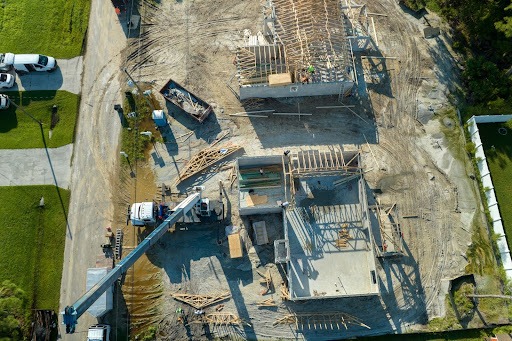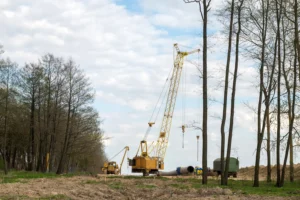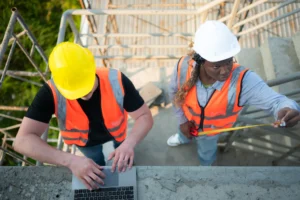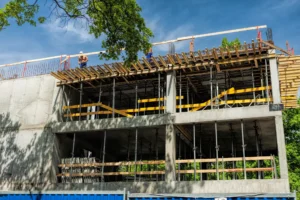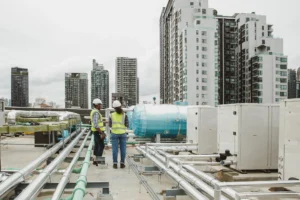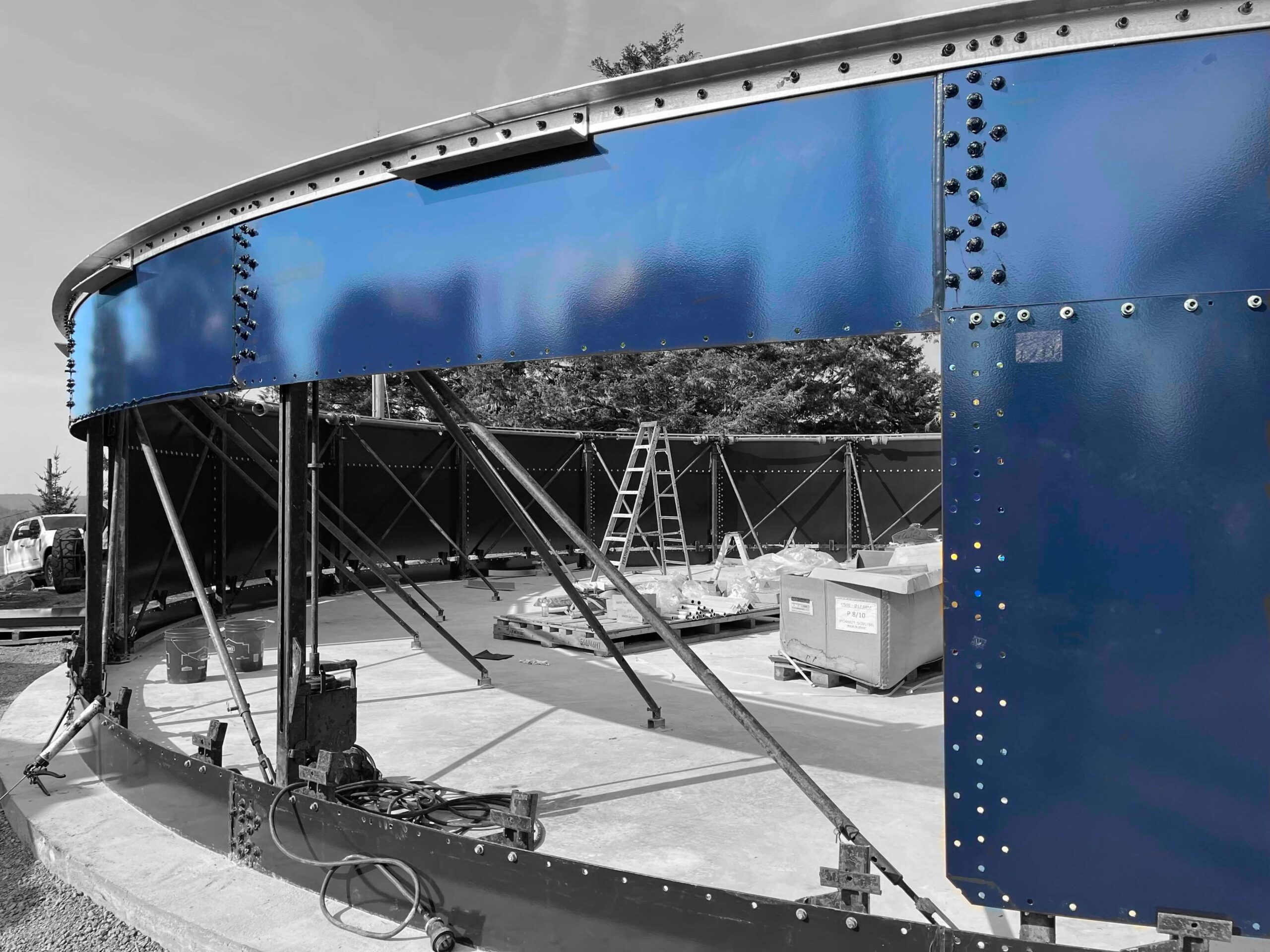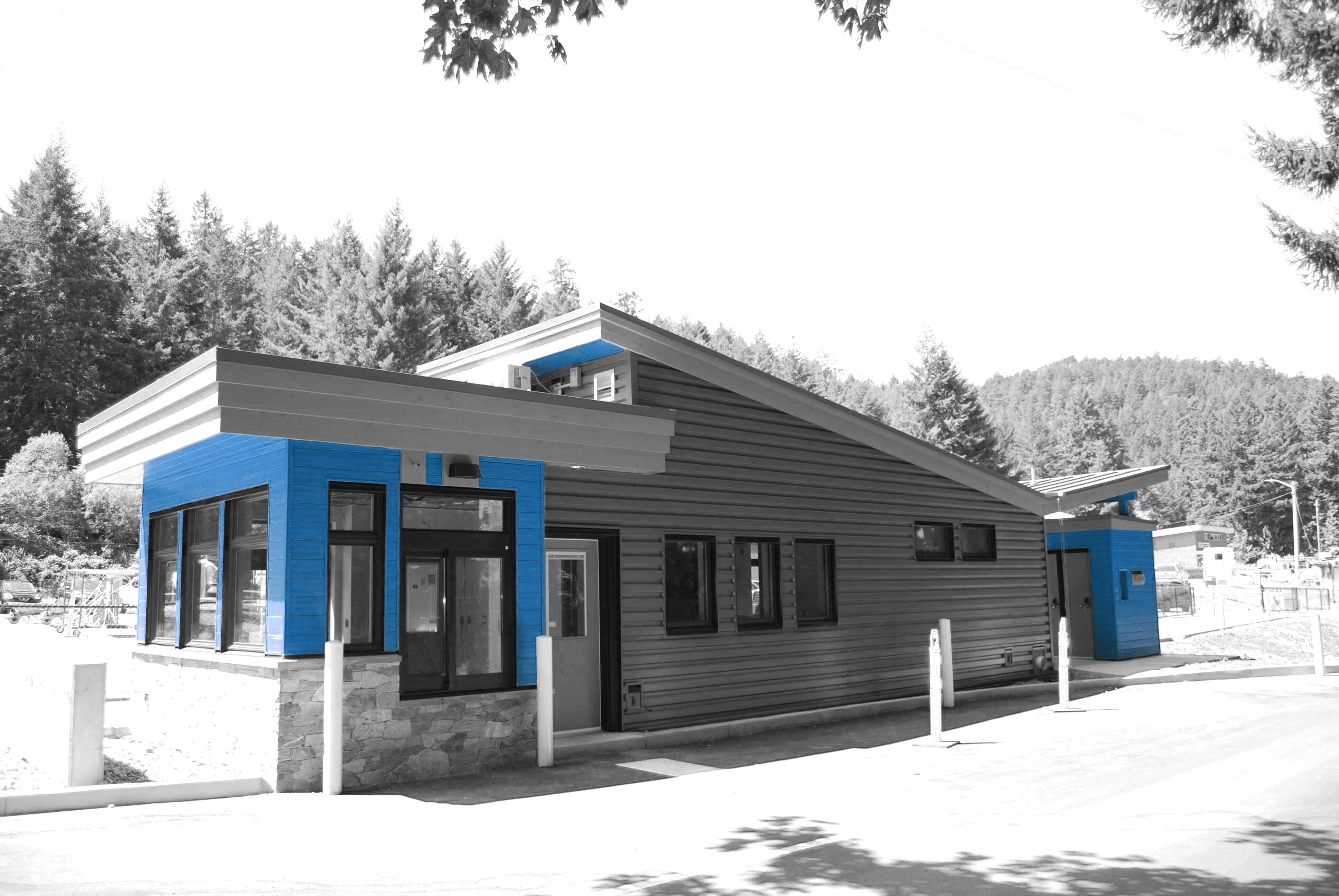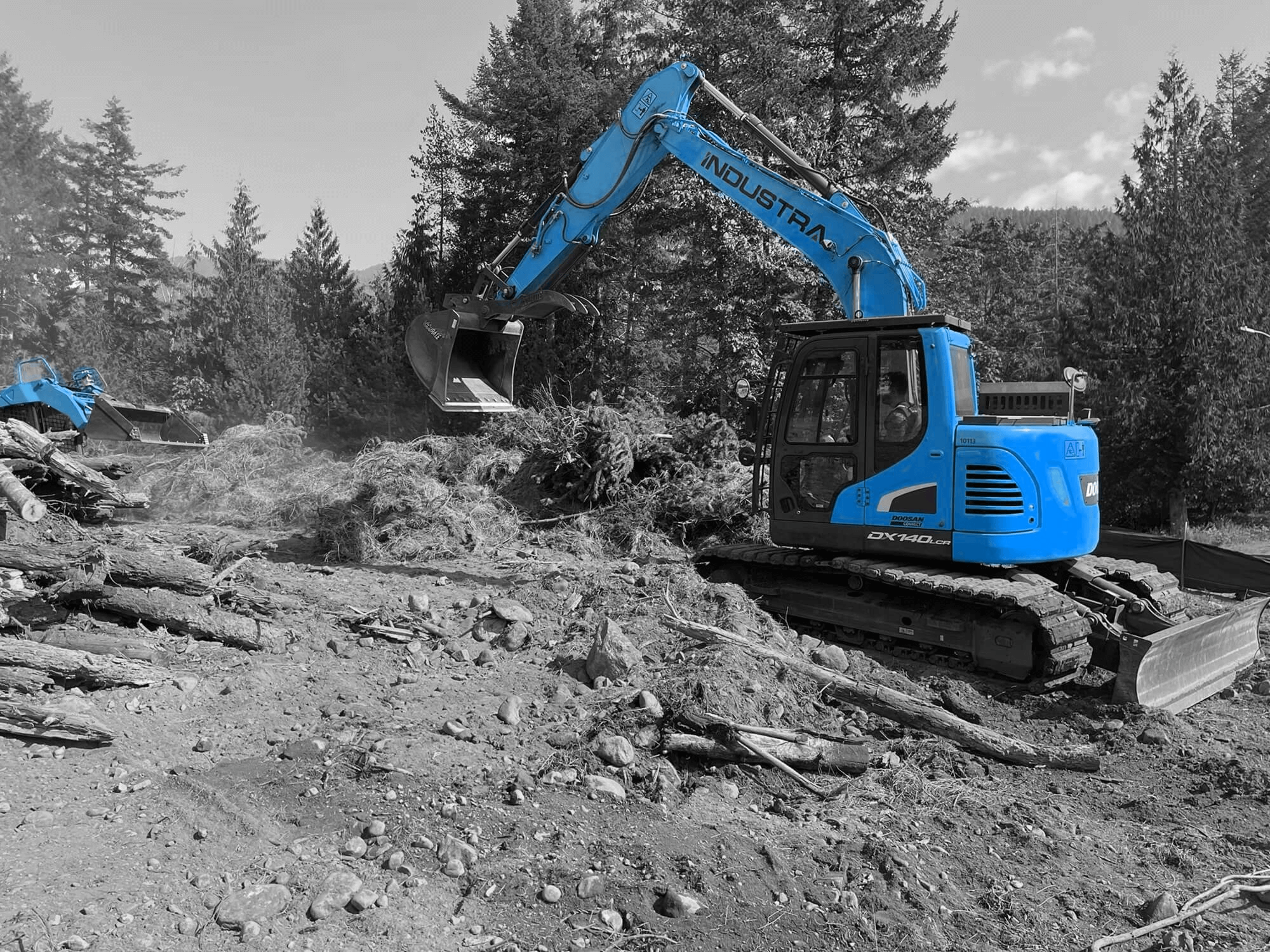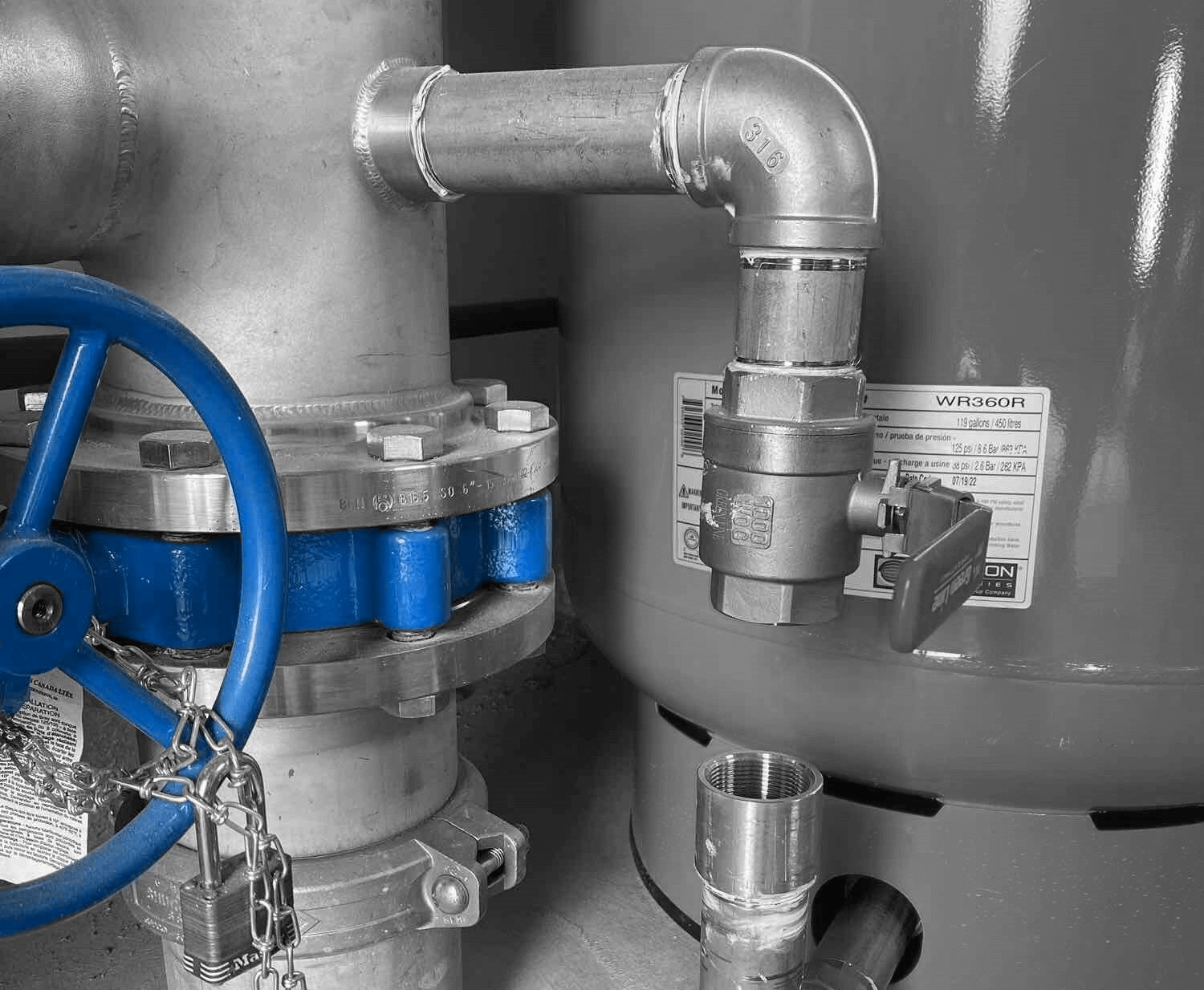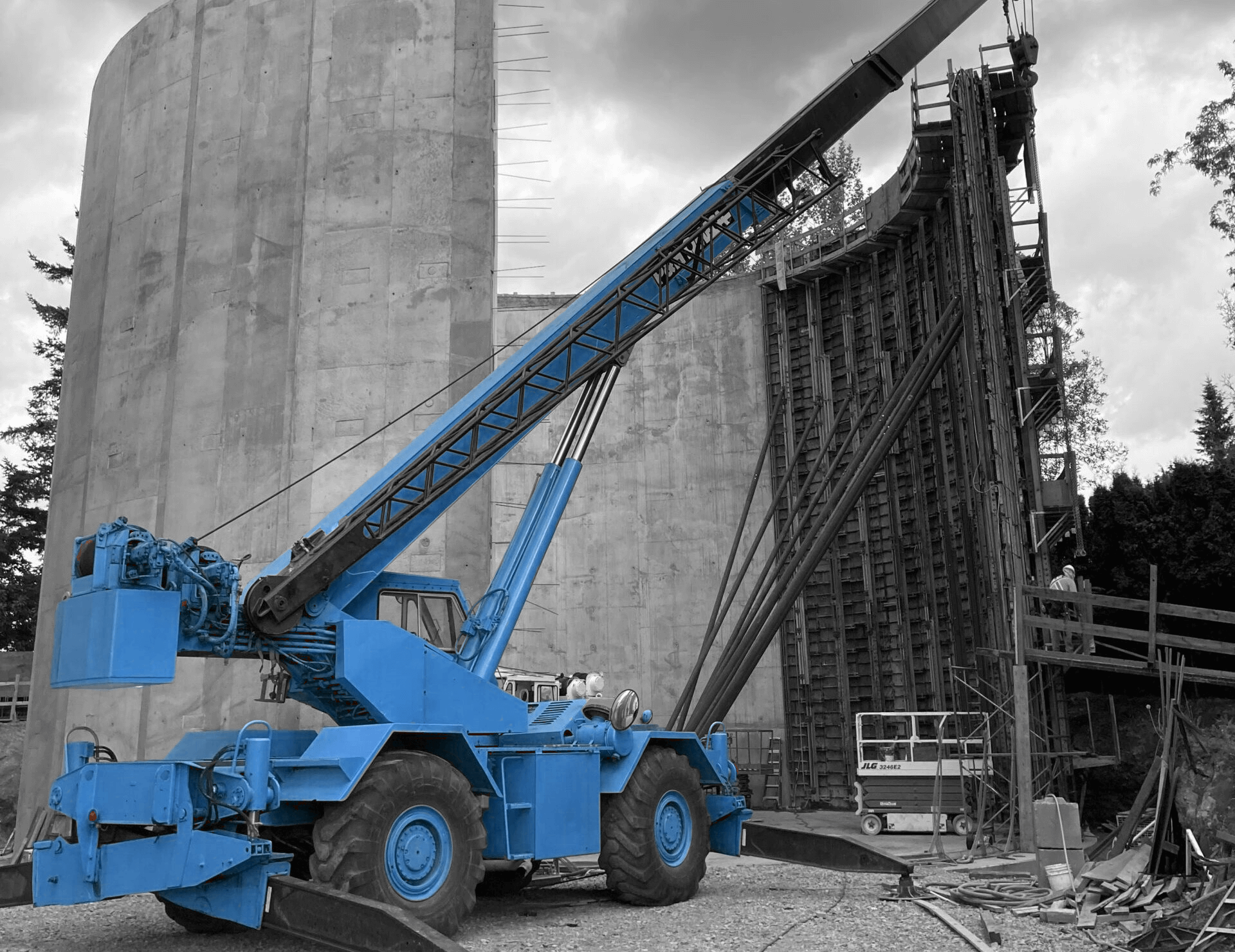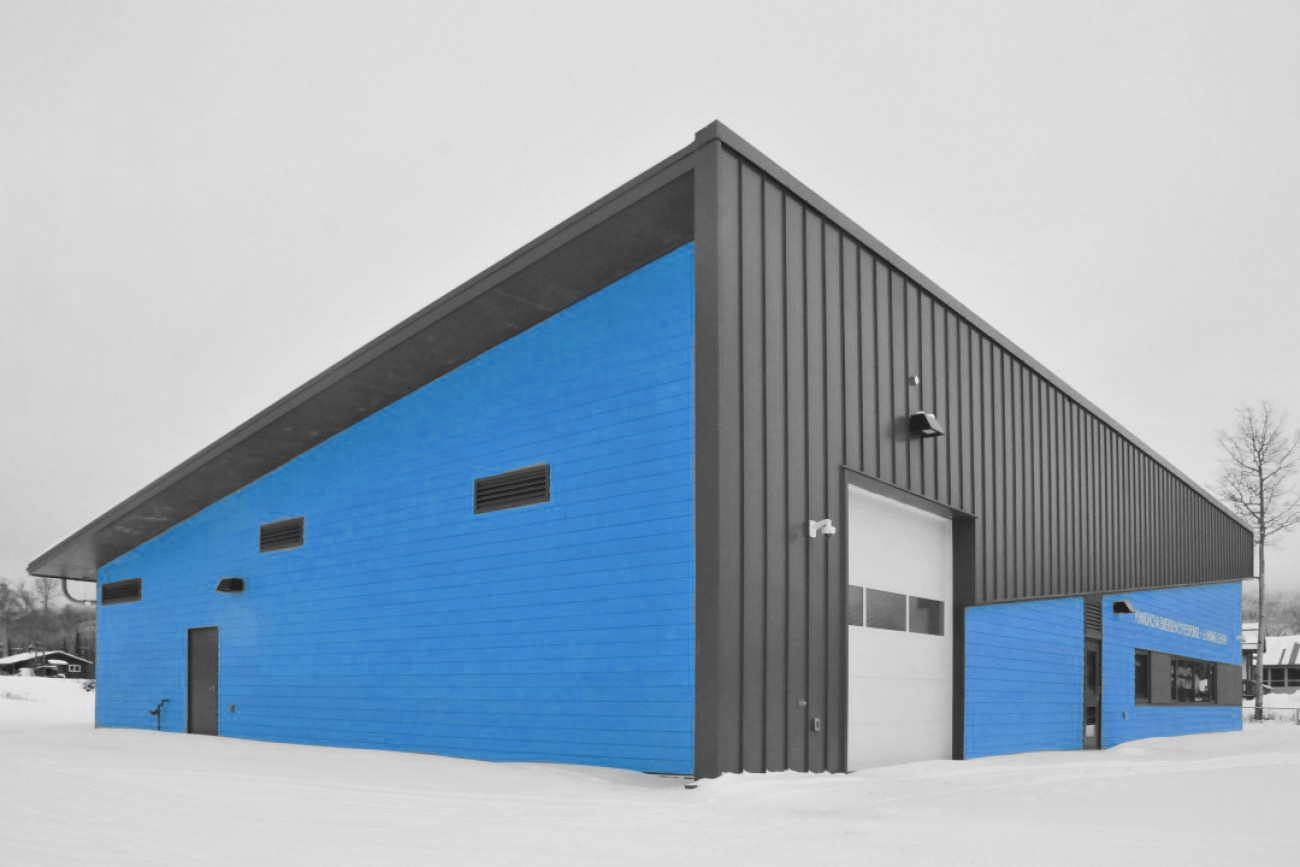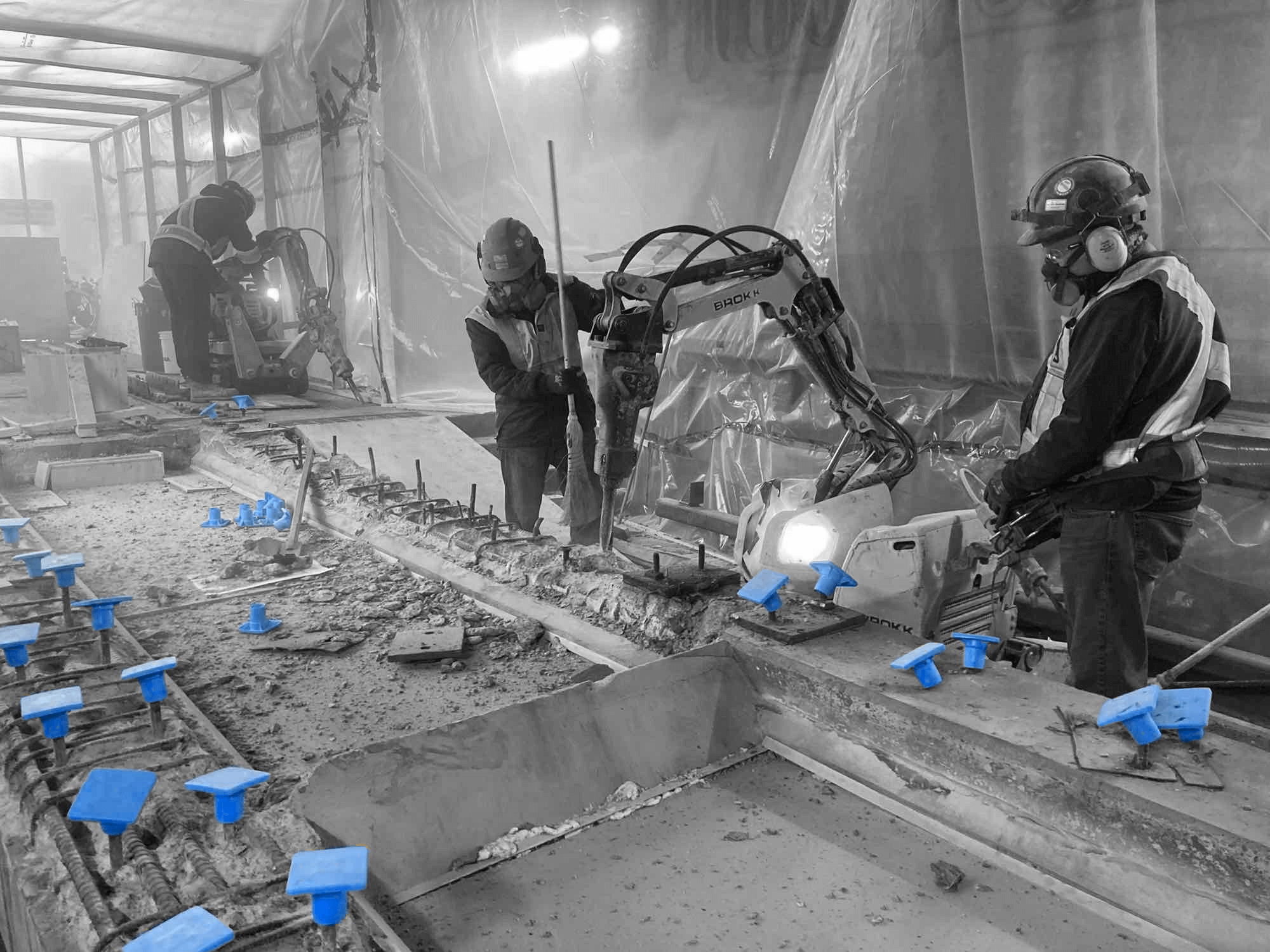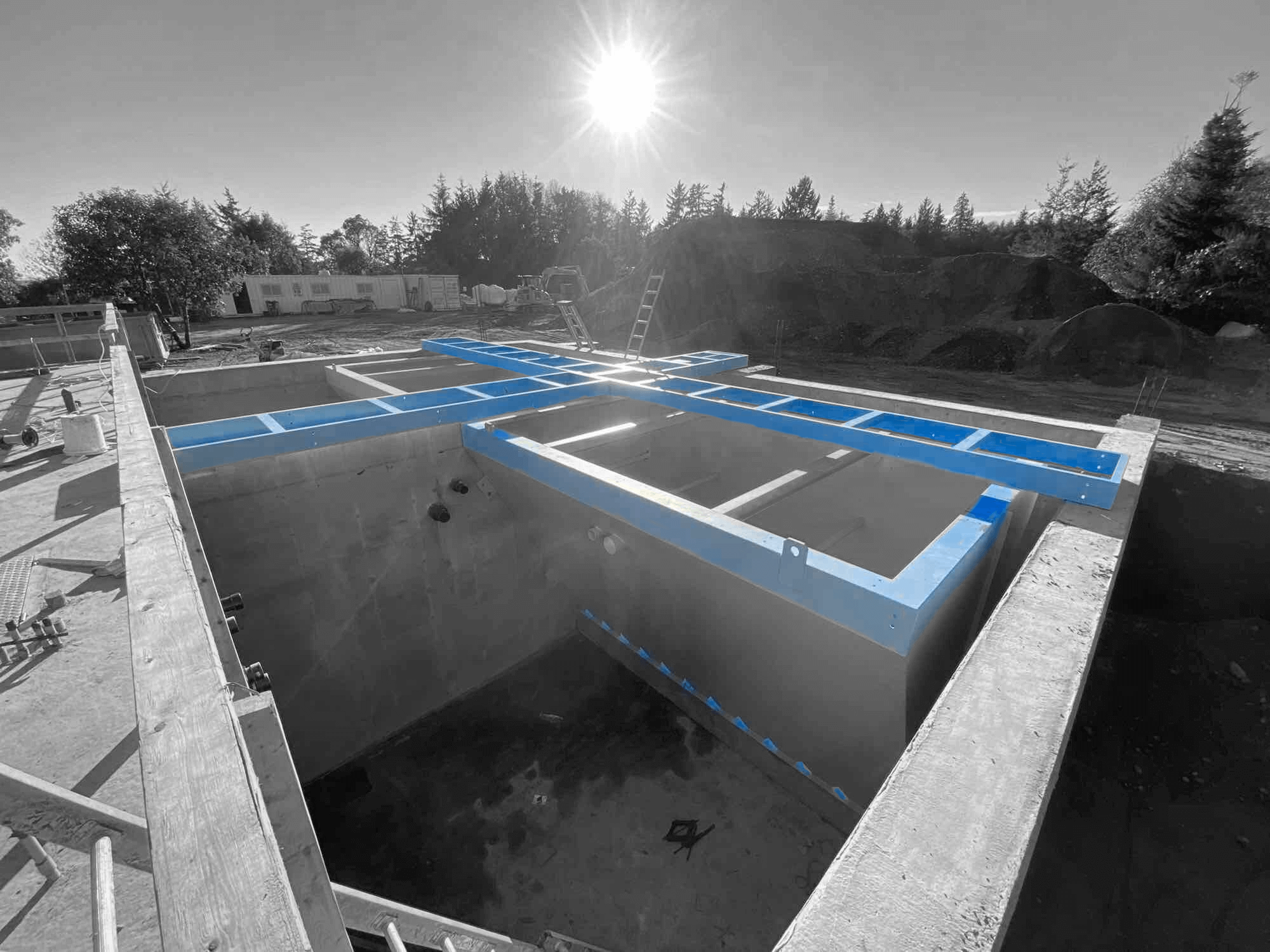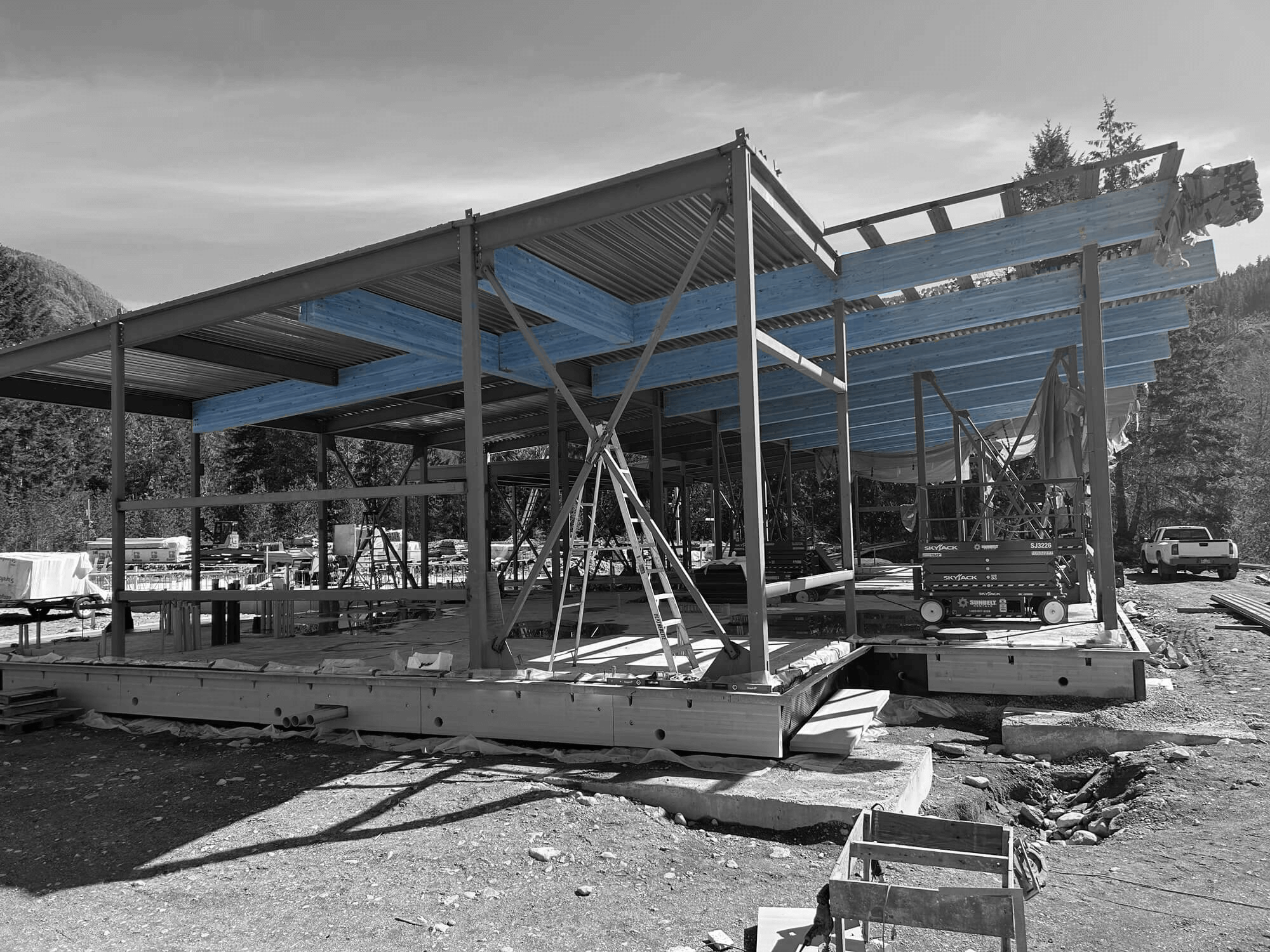Constructing efficient and reliable pump stations requires a strategic approach. These critical infrastructure components play a vital role in municipal water management, industrial operations, and environmental protection. Successful pump station construction demands careful planning, coordination, and adherence to stringent safety and engineering standards to ensure optimal performance and longevity.
A well-executed pump station project starts with a comprehensive design that accounts for site-specific requirements, capacity needs, and future scalability. Each phase of the project, from planning to execution, must align with regulatory standards and environmental considerations.
By integrating innovative solutions and prioritizing quality, construction teams ensure that pump stations operate efficiently and support the growing demands of urban and industrial development.
Planning and Design: Setting Up for Success
Effective pump station construction begins with meticulous planning and design. Engineers and project managers work together to develop layouts that optimize efficiency while considering environmental impact, energy consumption, and operational longevity.
A key aspect of planning is determining the right pump type, system configuration, and control mechanisms. Factors such as flow rates, pressure requirements, and potential expansion must be incorporated into the design to future-proof the station.
Additionally, accessibility for maintenance and safety measures, such as flood protection and emergency backup systems, should be integrated from the outset. Sustainable materials and energy-efficient technology, such as variable frequency drives (VFDs) and solar power integration, can enhance long-term operational efficiency.
Key elements of successful planning and design for pump stations include:
- Flow and Capacity Planning: Ensuring the station meets current and future demand.
- System Efficiency: Selecting pumps and control systems for optimal energy use.
- Regulatory Compliance: Adhering to environmental and safety standards.
- Sustainability: Implementing eco-friendly materials and energy-saving technologies.
Coordinating Complex Construction Stages
Pump station construction involves multiple phases that must be precisely coordinated to stay on schedule and within budget. From site preparation and foundation work to mechanical and electrical installations, each step requires detailed planning and execution.
Construction managers play a critical role in ensuring all teams, including civil, electrical, and mechanical contractors, work in sync. Clear communication between stakeholders prevents costly errors and delays.
Safety is a top priority, especially when working with pressurized water systems and electrical components. Proper protective measures, such as reinforced structures, spill containment, and ventilation systems, ensure a secure and compliant work environment.
Strategies to coordinate complex construction stages effectively:
- Detailed Scheduling: Clear project timelines for all phases.
- Effective Management: Overseeing task execution and resource allocation.
- Safety Protocols: Implementing rigorous standards to prevent workplace hazards.
- Quality Control: Ensuring each stage meets engineering and regulatory requirements.
Ensuring Quality and Safety in Pump Station Construction
Quality and safety are non-negotiable in pump station projects. Using high-quality materials and adhering to best practices ensures durability and operational reliability.
Daily safety briefings, proper equipment handling, and adherence to local codes minimize risks. Structural integrity checks, pipeline pressure testing, and electrical system verification are essential steps before commissioning.
Best practices to maintain quality and safety:
- Material Selection: Using corrosion-resistant pipes and durable pump components.
- Regular Inspections: Conducting routine checks to identify potential issues early.
- Emergency Preparedness: Installing backup generators and failsafe mechanisms.
- Workforce Training: Equipping teams with knowledge of safety protocols and equipment handling.
Adopting Innovative Solutions for Better Outcomes
Innovation is transforming pump station construction, improving efficiency and reducing operational costs. Technologies such as Building Information Modeling (BIM) enhance project visualization, allowing teams to anticipate challenges before construction begins.
Modular construction methods, where components are prefabricated off-site, streamline installation and reduce environmental impact. Smart monitoring systems, equipped with IoT sensors, allow for real-time data tracking and predictive maintenance, minimizing downtime and operational disruptions.
Incorporating these advancements leads to:
- Enhanced Project Efficiency: BIM-driven design optimization.
- Reduced Construction Time: Prefabrication for faster installation.
- Improved System Monitoring: IoT-enabled performance tracking.
- Sustainable Operations: Integration of energy-efficient and eco-friendly solutions.
Conclusion
The construction of reliable pump stations requires careful planning, precise coordination, and innovative approaches. Ensuring quality materials, following safety protocols, and leveraging modern technology contribute to the successful execution of these critical infrastructure projects.
By embracing advanced construction methods and sustainability measures, pump stations can operate efficiently while minimizing environmental impact. As demand for resilient water management infrastructure grows, staying ahead with cutting-edge strategies will ensure pump stations meet the evolving needs of municipalities and industries.
Discover how Industra Construction Corp. can deliver high-quality pump station solutions with our expertise in general contracting. Contact us today to learn how we can bring your vision to life with our industry-leading approach and commitment to excellence.


